Goals
I often move my projects between home laboratory / workplace / cafe so it is desirable to have it packed into small volume. Cardboard boxes I'm using to carry it (harvested from e-shop packages) are tiny, something like A5 sheet and 2-3 centimeter deep. It all fits nice with 11,6" laptop and mouse/power brick into my backpack, but DMM is often too big to carry around. What more, I need an excuse to start another project ;-)
I thought of making my own tiny and low-spec DMM for a long time, but when I saw the #The Square Inch Project contest, I knew I have to finish it. So, let's set up some goals:
1, 25x25mm PCB. Ideally, everything on one PCB. Avoid using QFN/BGA/DFN packages if possible - I want to make the project as accessible for other as possible. Avoid using hard-to-get parts, have at least two sources for every component.
CURRENT STATUS: OK
2, 0-20V, 10Ohm-1MOhm. Current measurements would be nice bonus, but I'll be good with Ohm and Volts measurement. Remember, this is not replacement for proper DMM, just tiny thing - better than nothing. 0-20V DC range is sufficient for 99,9% of my measurements outside the lab. The same goes for resistance. I just need to check if there is really 5V, if the 3V3 regulator is blown out, if the RTD has really 100Ohm or short, if my 9V battery is dead or not. Accuracy of 1% - though laughable at proper DMM - is good enough for field measurements.
CURRENT STATUS: OK
3, Basic math available. This is what I'm missing at most of the multimeters - measure the value, multiply by value and display. Actually, instead of multiplying could be polynomial calculation, or table approximation. I started to develop this concept on #Progmeter project, but failed to finish it by now. This is usable when measuring voltage drop on resistor - progmeter can calculate and display it as current directly. Or, measure resistance of temperature sensor and display as temperature. Measure and convert RTDs, pressure sensors, position detectors, you name it.
CURRENT STATUS: OK
Read more about how it turned out...
https://hackaday.io/project/7988-micro-progmeter/log/29375-final-release
... and that I won one of prizes in the Square inch project contest
http://hackaday.com/2016/01/13/the-best-projects-that-fit-in-a-square-inch/
 jaromir.sukuba
jaromir.sukuba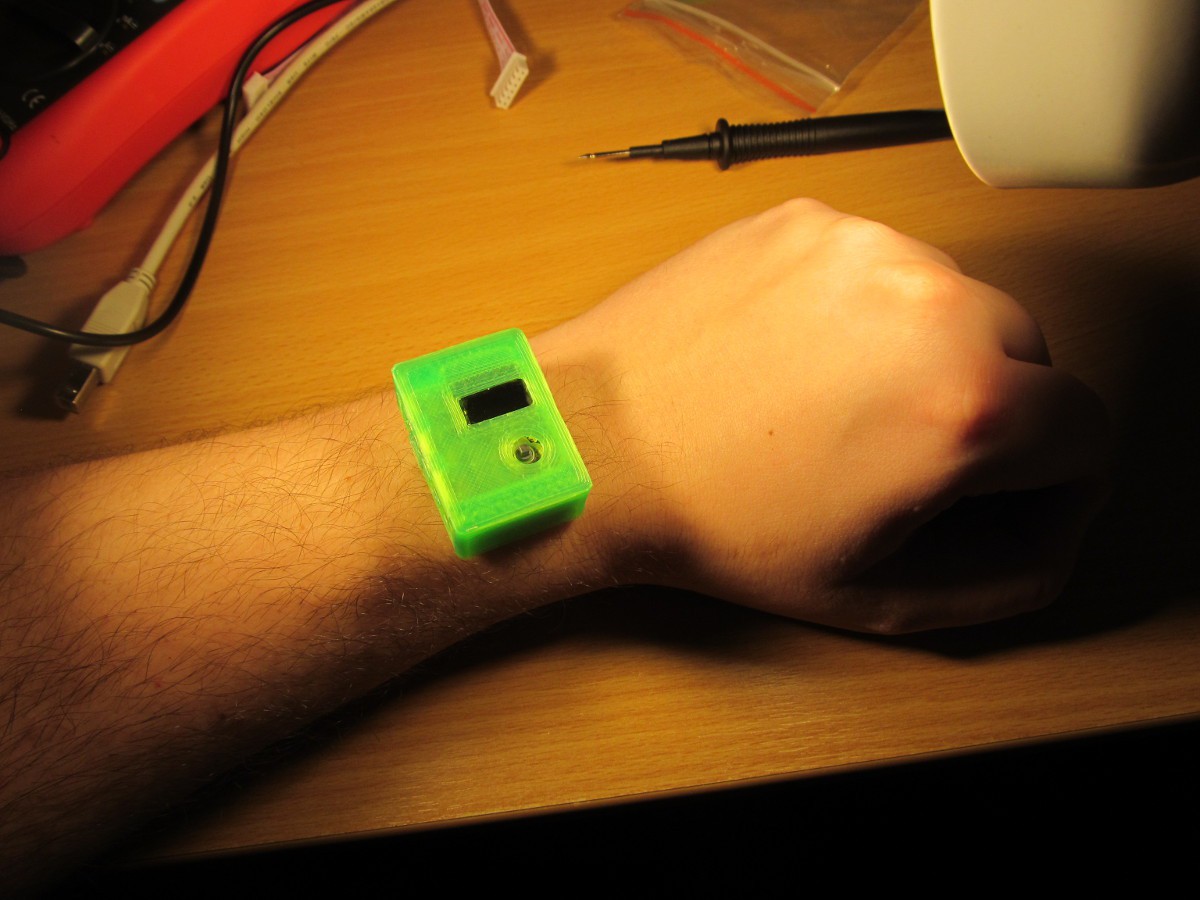

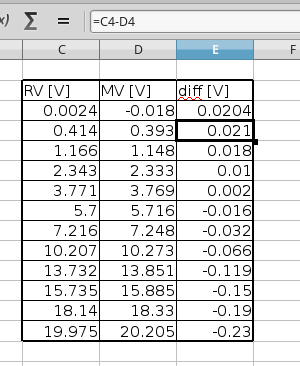
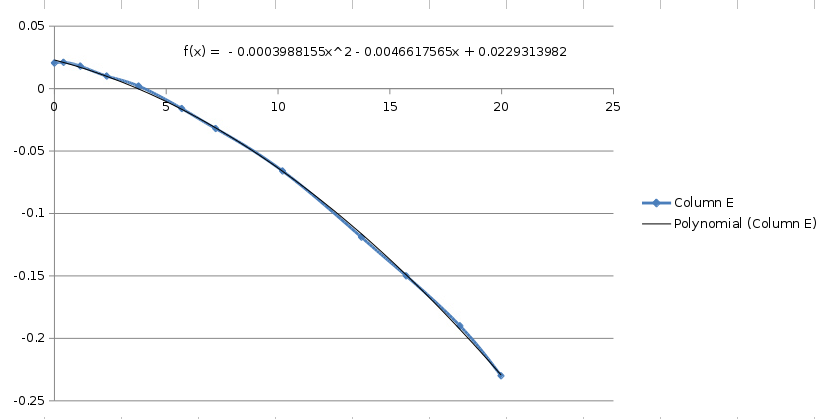






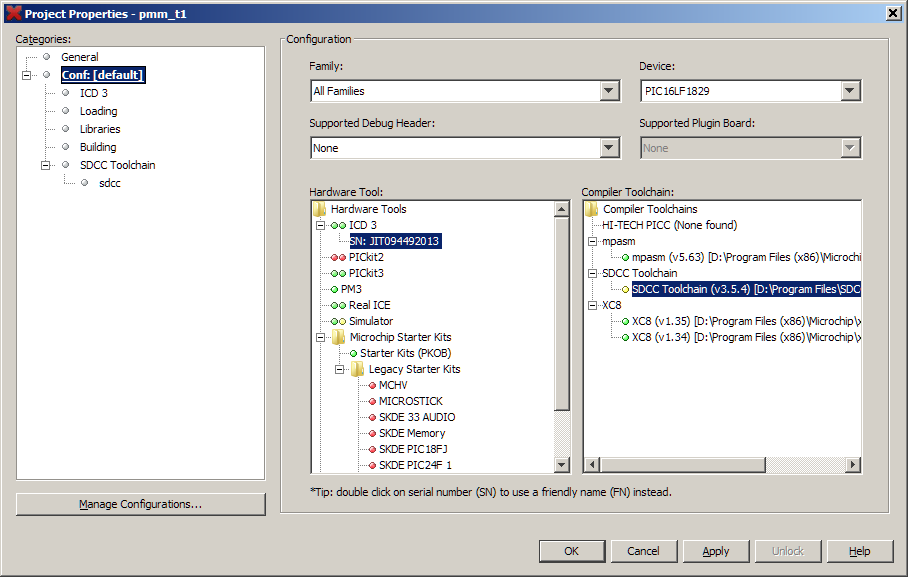




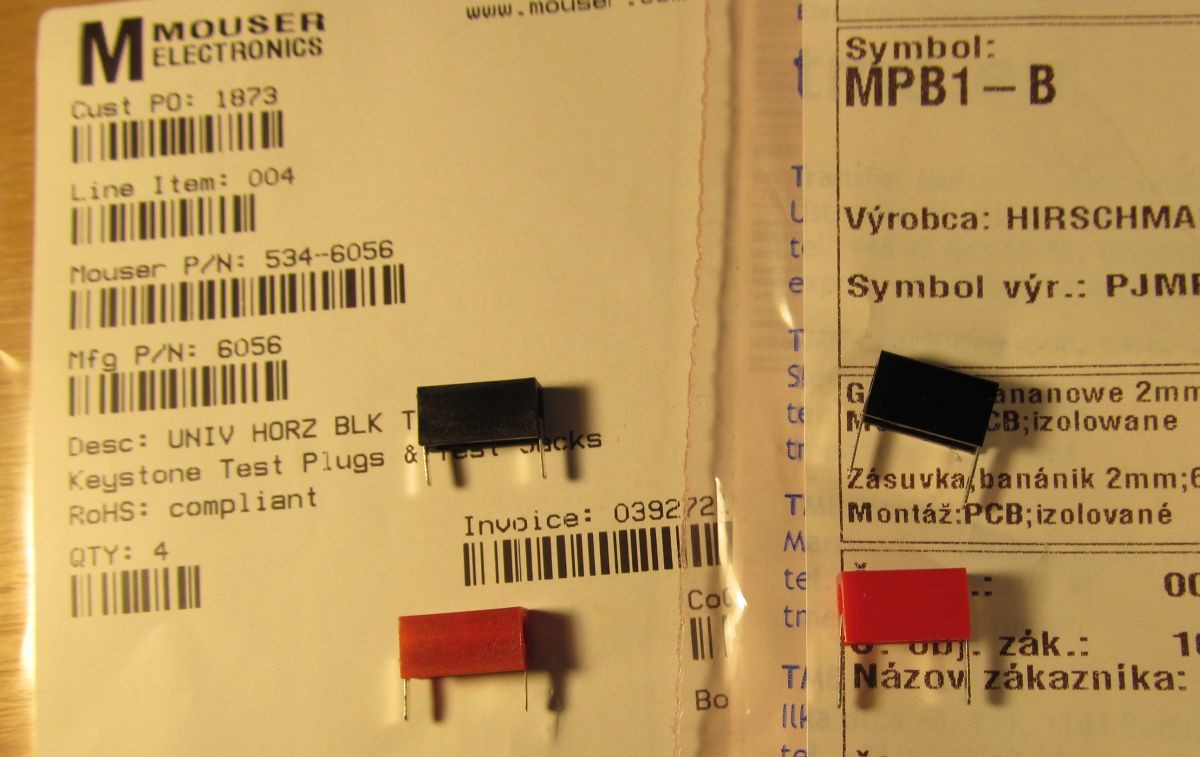


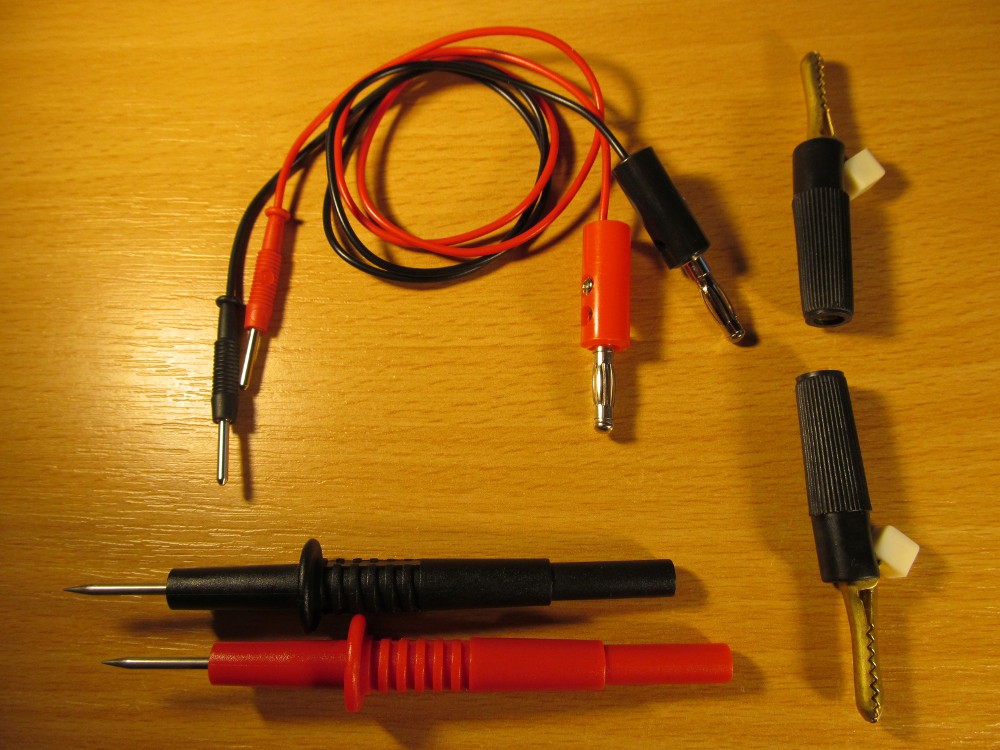

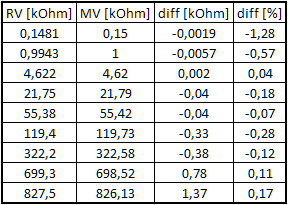


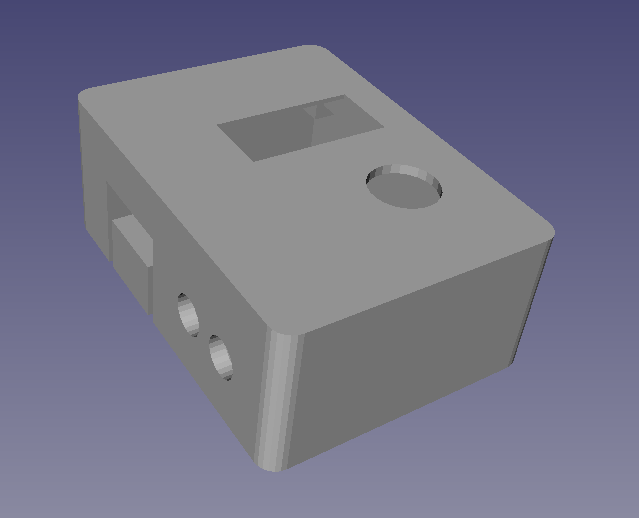


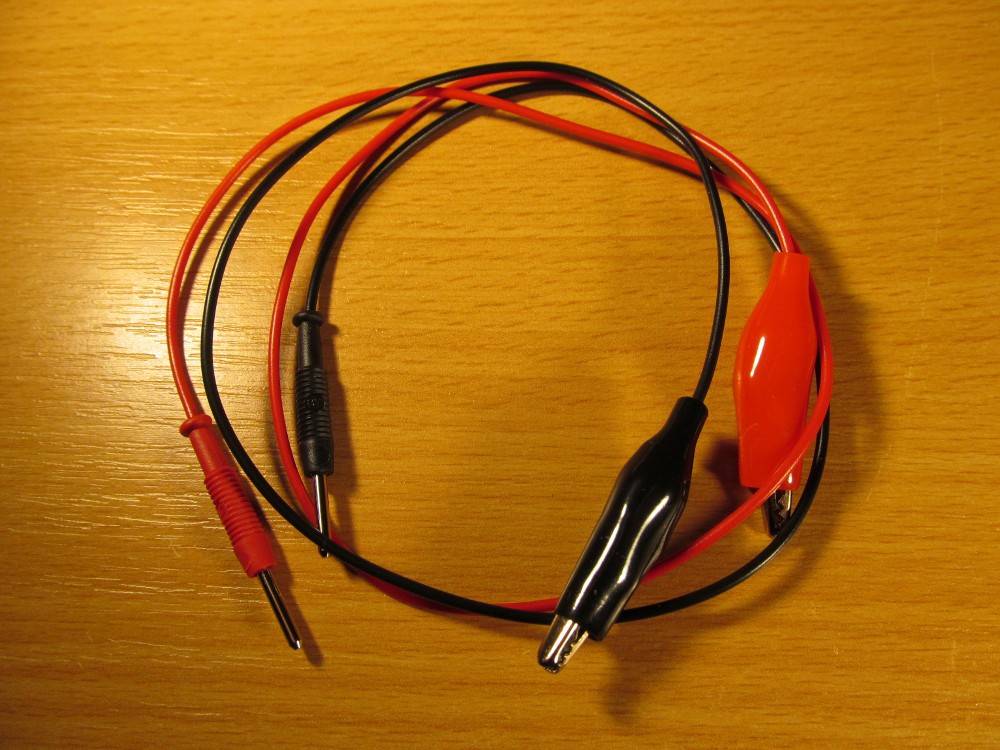
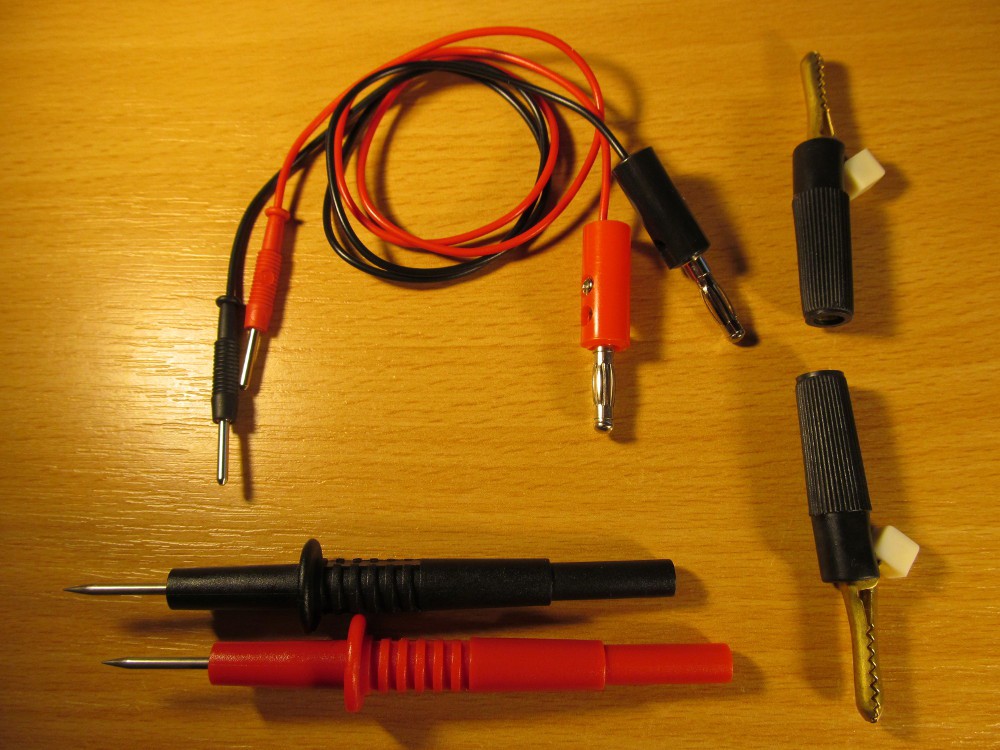
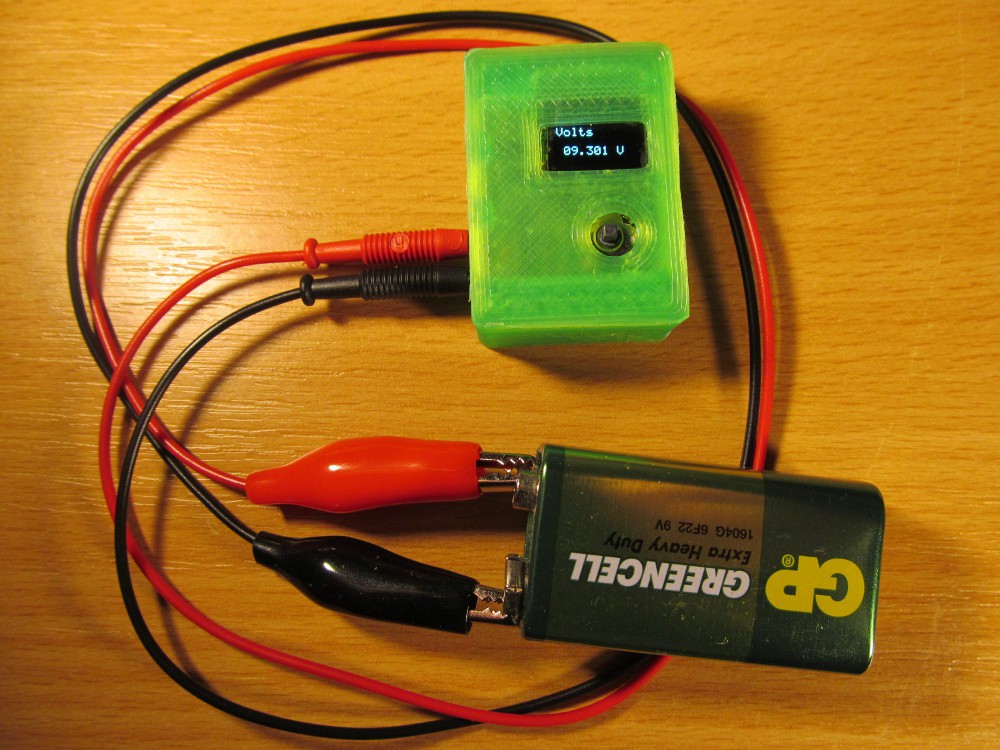
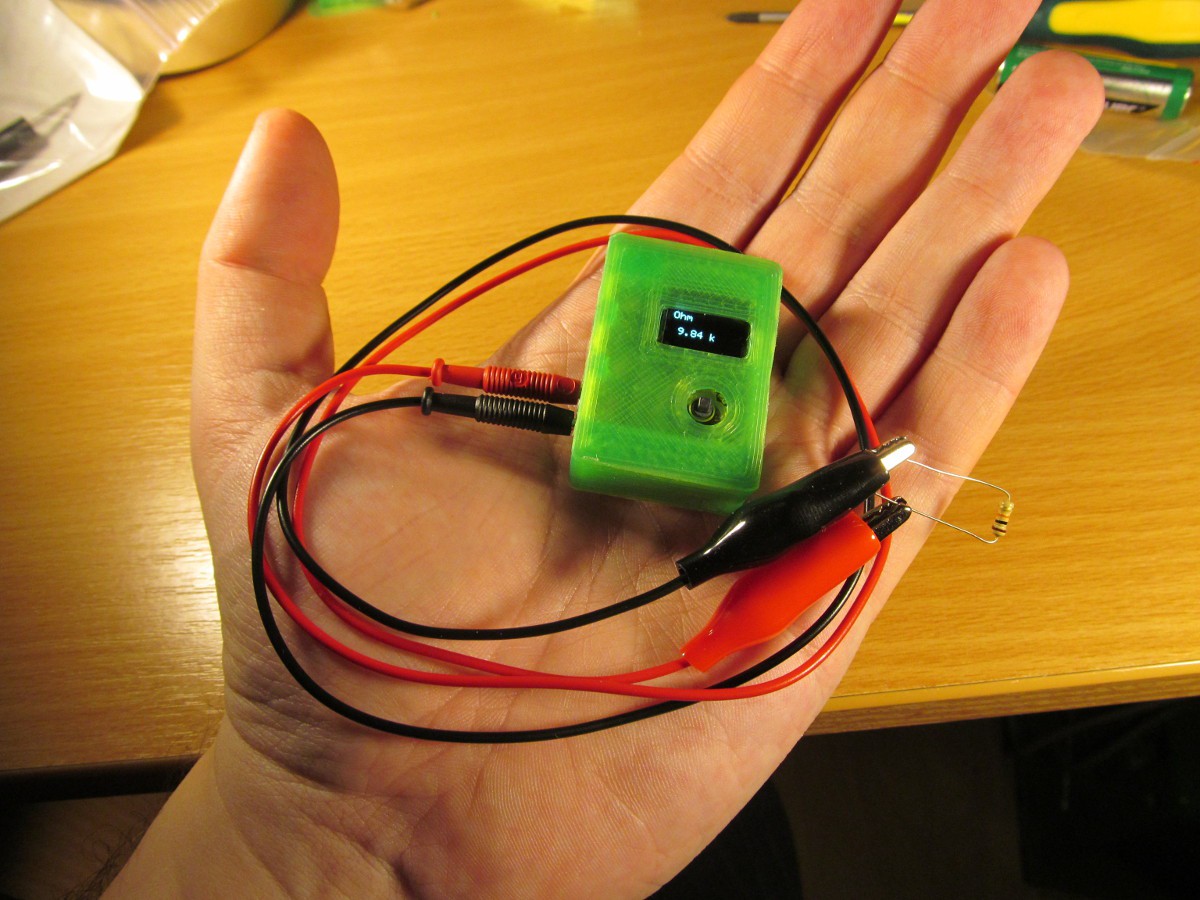
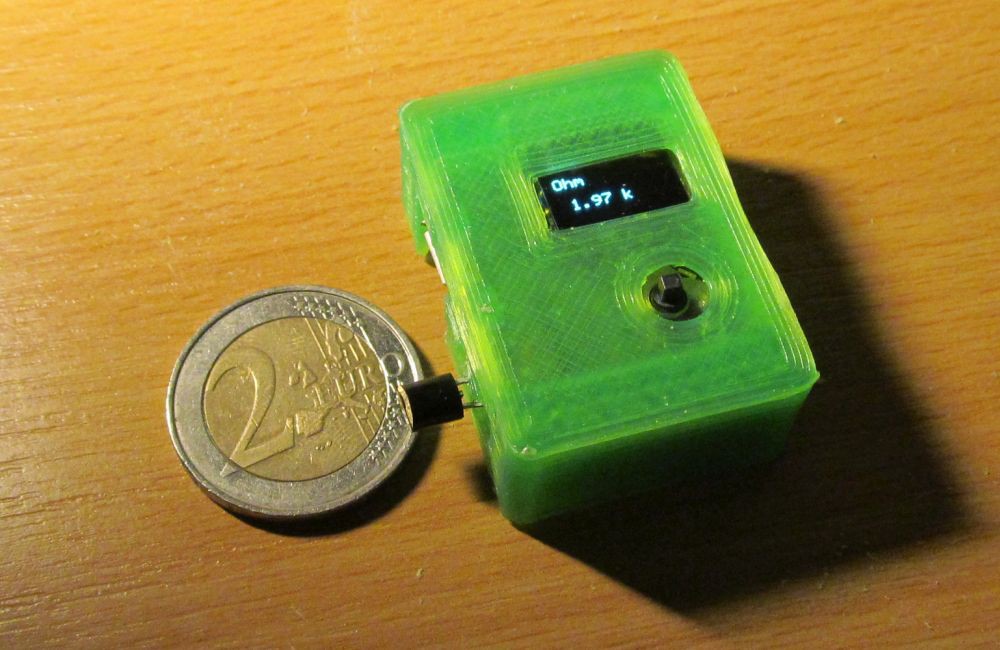
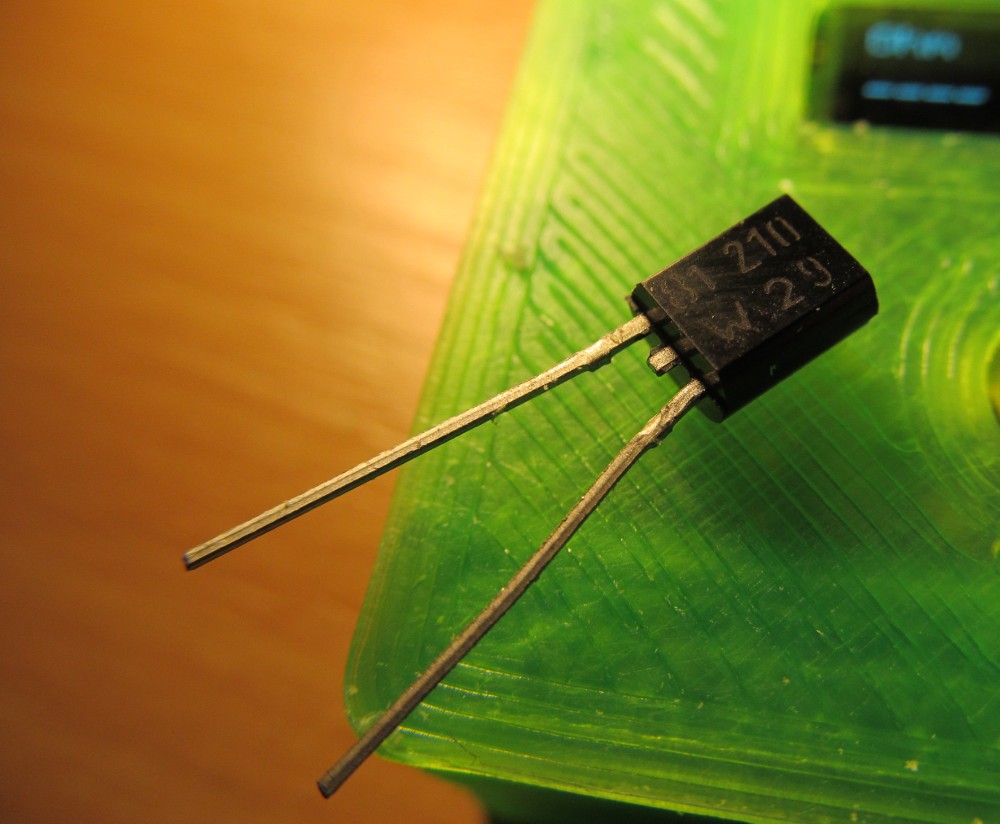
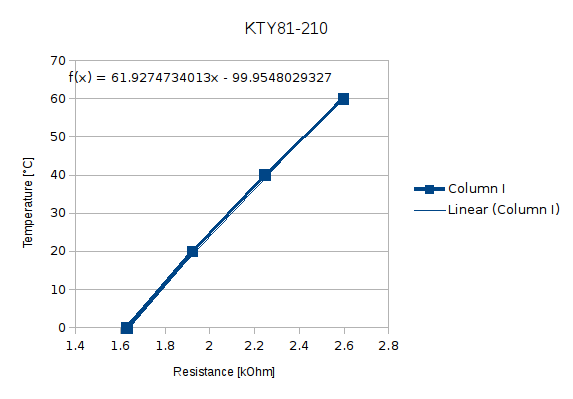


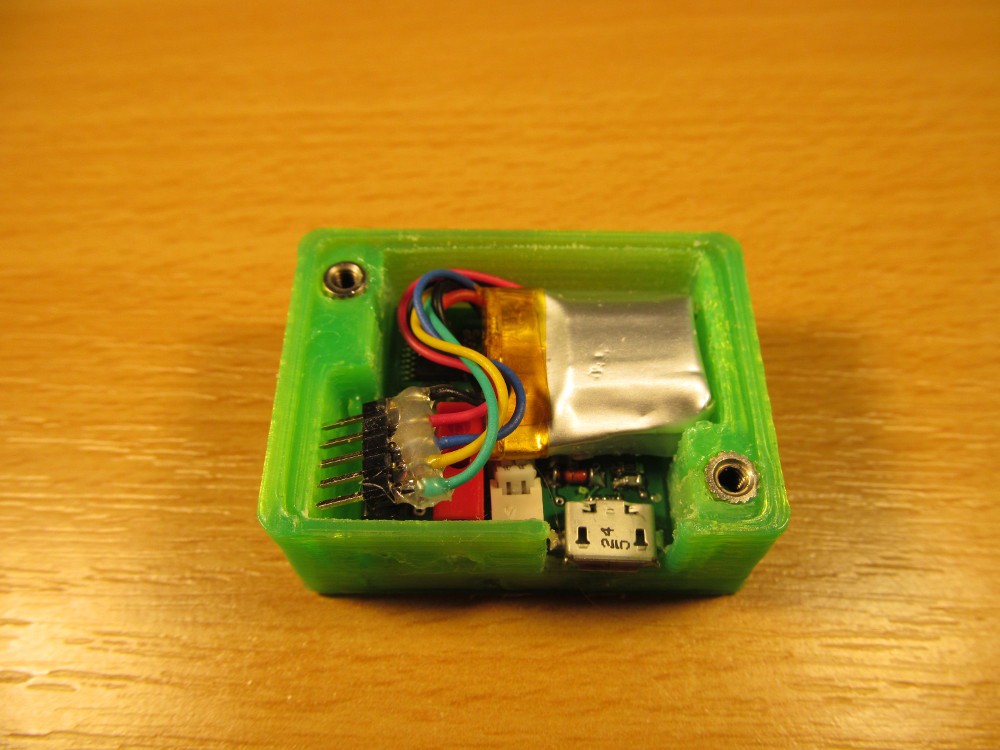
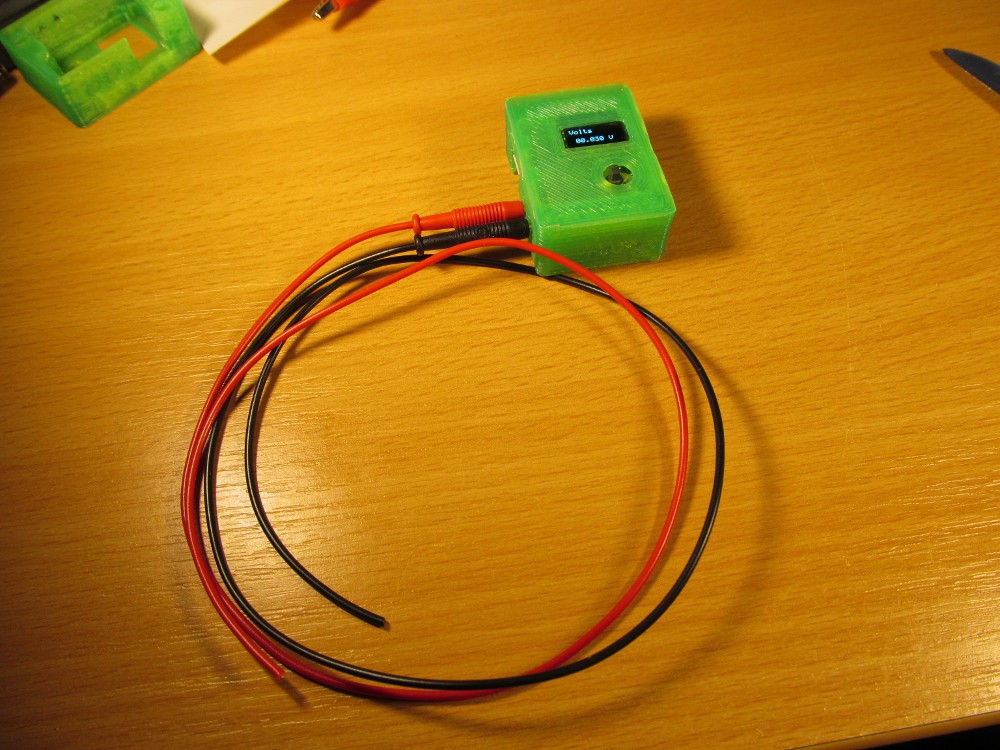

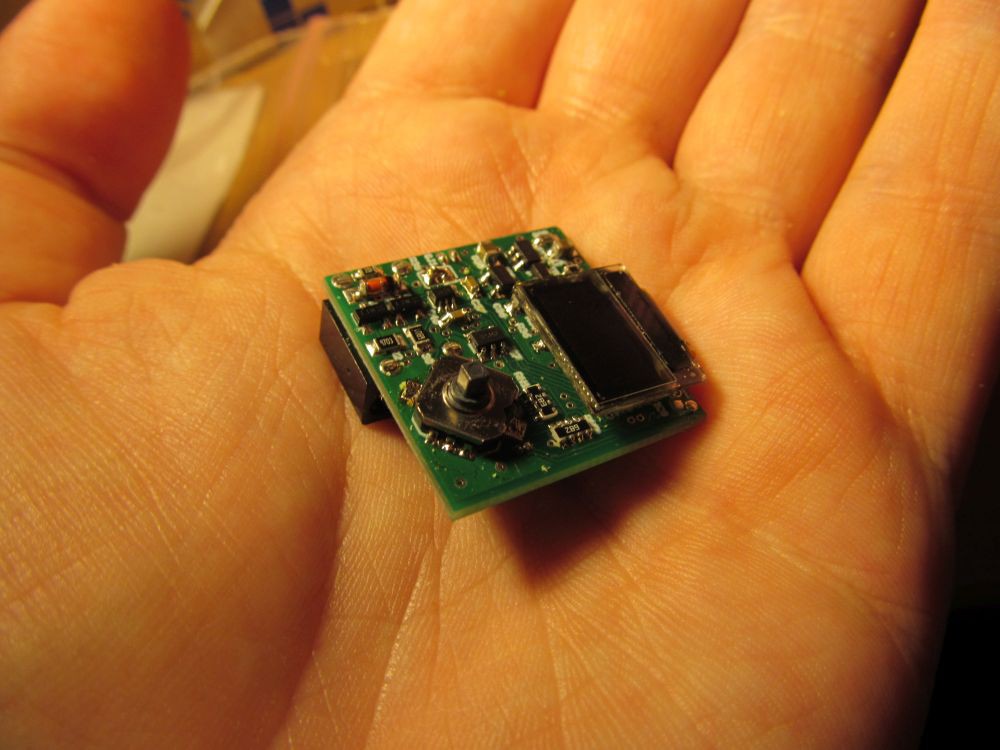
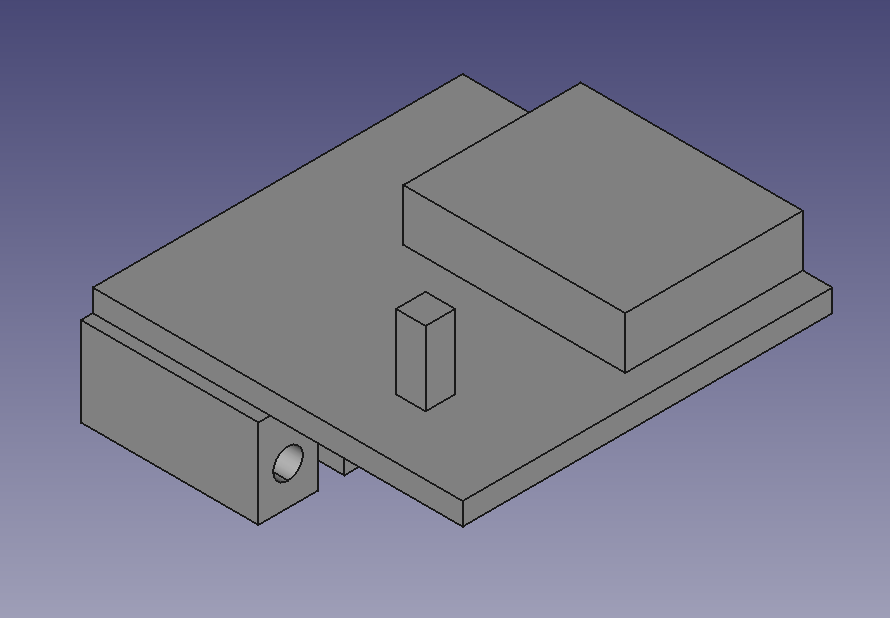
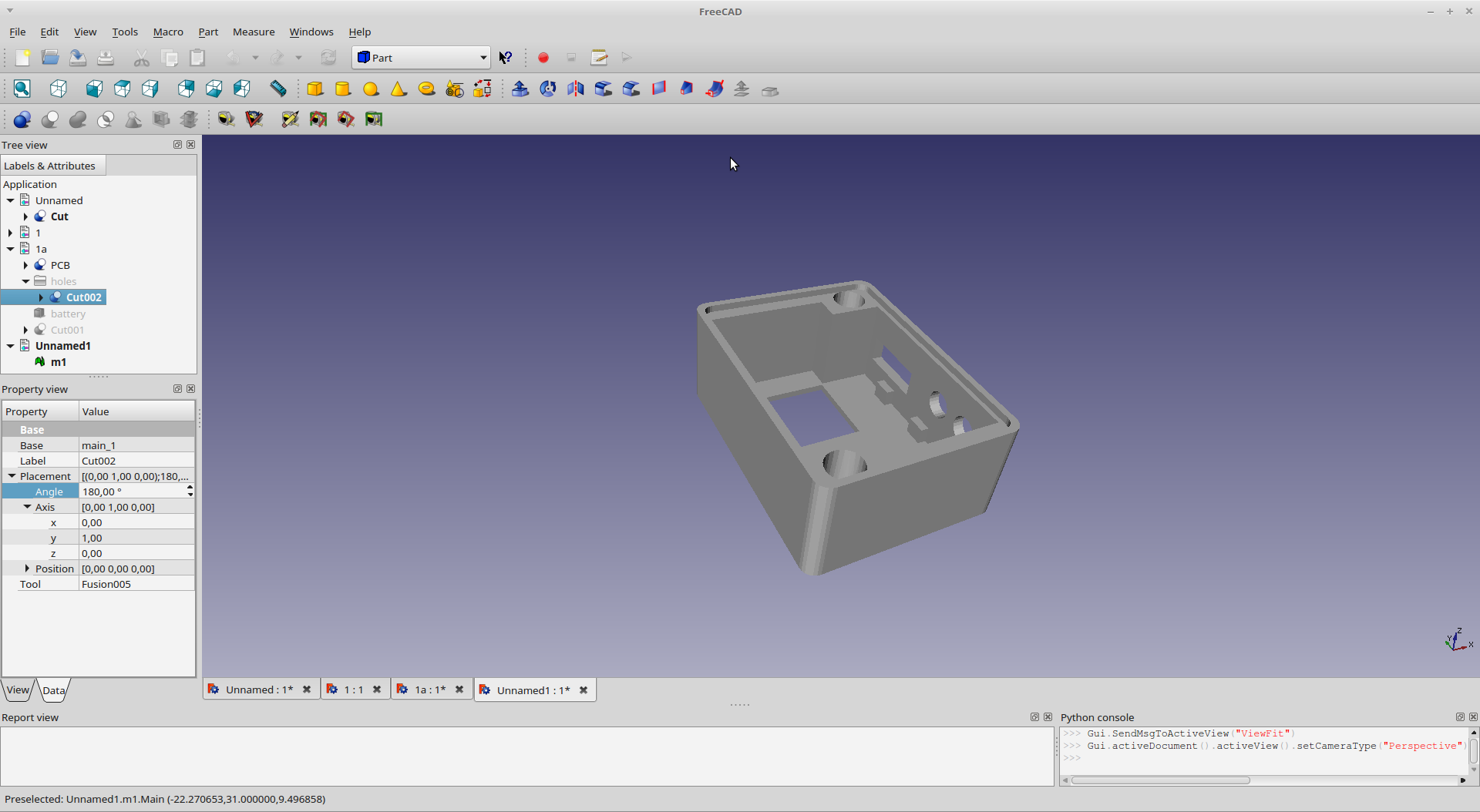
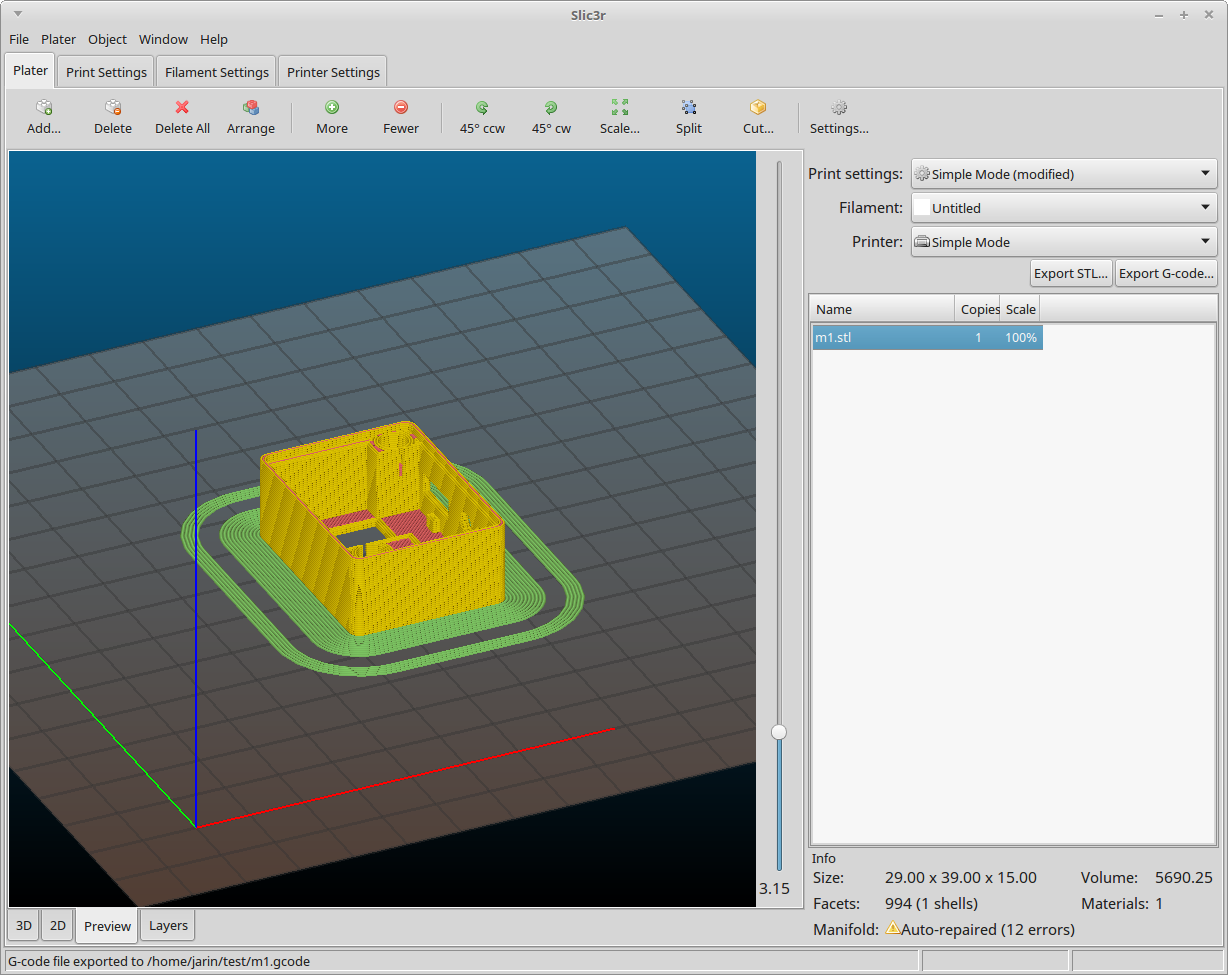
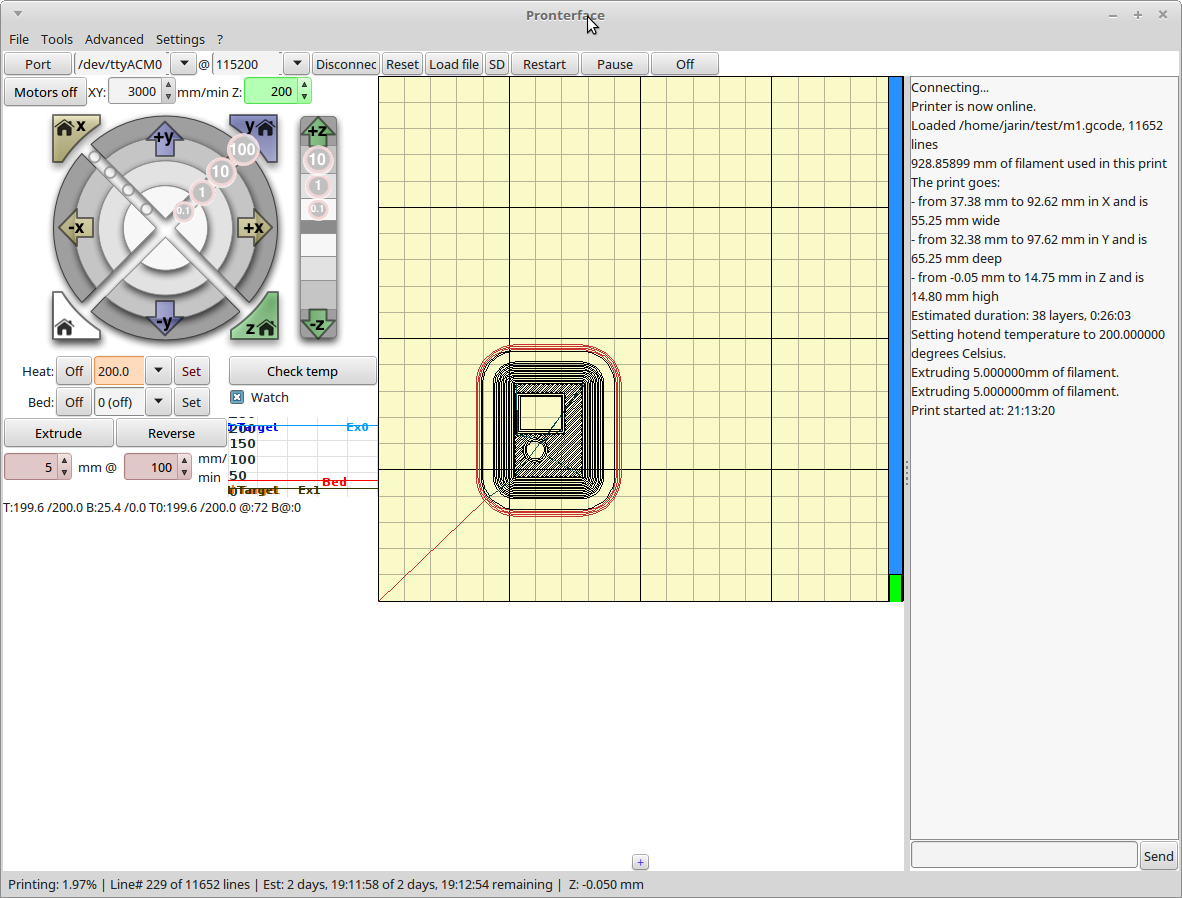
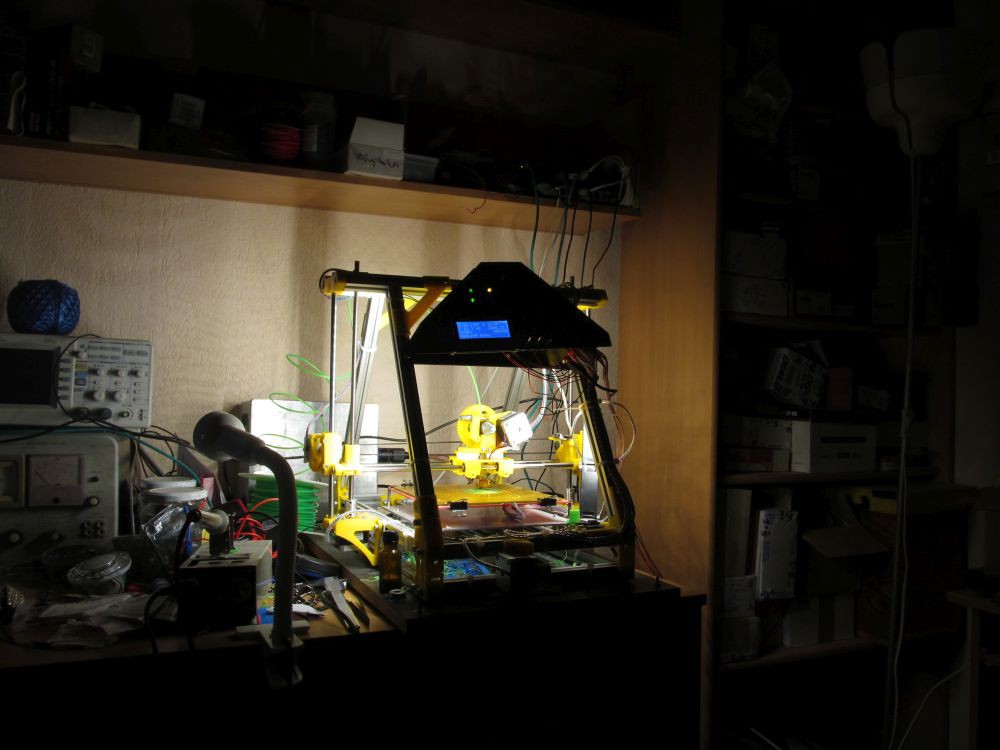
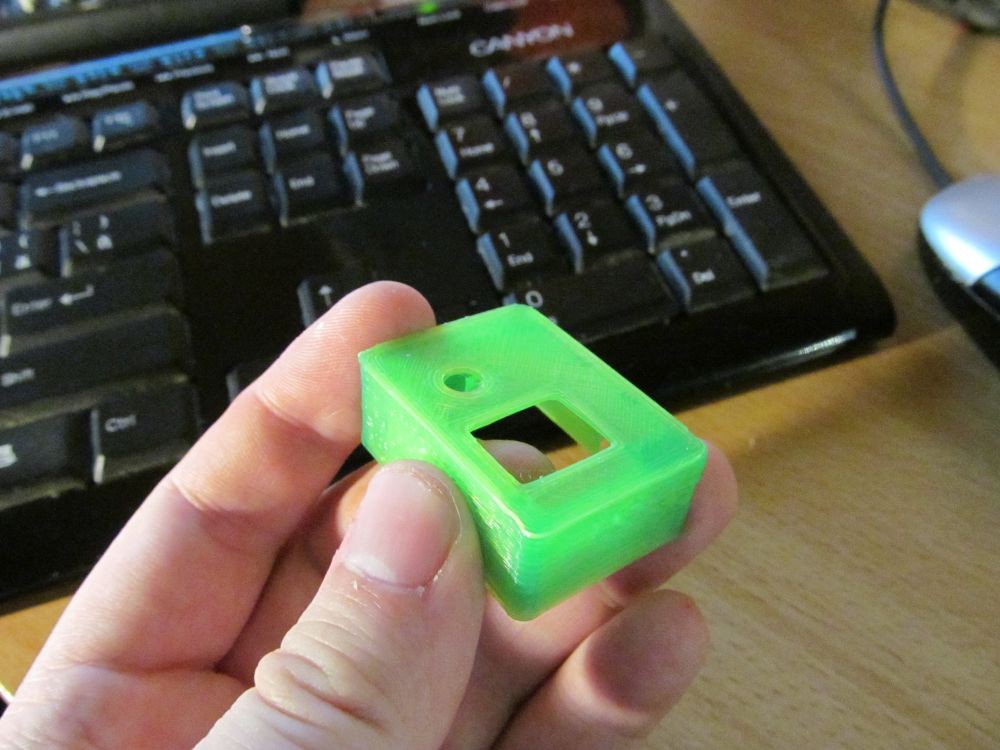


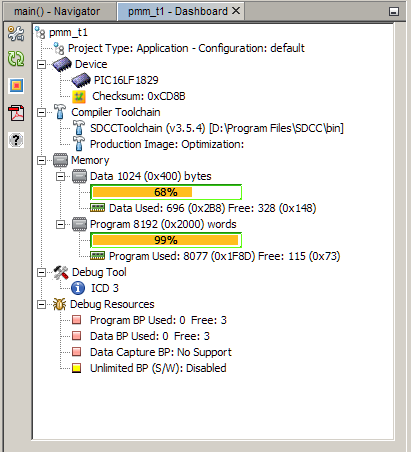





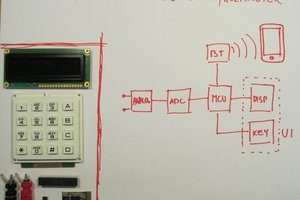
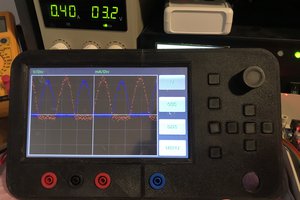
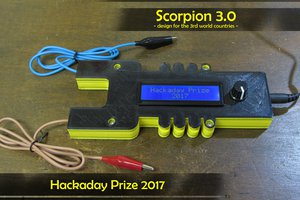
 Marius Taciuc
Marius Taciuc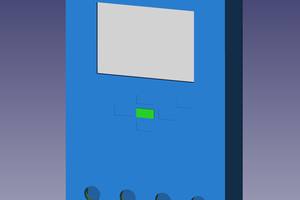
 Karl S
Karl S
ok, I want one..